testo e recensioni di Vanessa Mangiavacca
I will leave you a little place in my house, but don’t forget, you are in my house.
Jacques Derrida
The history of western philosophy has been founded on the restricting dichotomy between man and animal from the beginning, as if humanity was able to define itself only in contraposition to animality. Today the animal is still the focus of the debate and the contemporary activism: antispeciesism, animalism, veganism and ecofeminism, just to list a few of them, gave the chance to reconsider the relationship between the two categories, overcoming the anthropocentric view, and to reappraise the way the animals live and how we interact with them.
In the well-known essay L’animal que doce je suis, Jacques Derrida regards the animal as a subject that is able to observe, to think, to judge and not as an object anymore. Derrida realizes it by feeling embarrassed while standing naked in front of his cat. Let’s think about pets – who is a companion to whom? – and let’s think about how they acquire such an importance in our life, be they real or virtual. Without even noticing it, we project our needs and our relational requirements on them, looking for a way to fill a gap inside of us.
The animals are central elements of our way of expressing ourselves, our fantasy and our language, including cinema; have you ever asked a fox whether it felt shrewd or not, or a dog whether it was really that loyal? Animal House explores this relationship rich in nuances, in the intimate and social sphere, through different short works of the contemporary international landscape.
The selected shorts
curated by Vanessa Mangiavacca
Churchill, Polar Bear Town, Annabelle Amoros, doc, Francia, 2022
Kënga e Pellumbit (A Pigeon’s Song), Eneos Çarka, doc, Belgium/Albania, 2021
Still working, Julietta Korbel, fiction, Swiss, 2019
Tourneur, Yalda Afsah, exp, German, 2018
Zarde Khaldar (Spotted Yellow), Baran Sarmad, fiction, Iran, 2020
CHURCHILL, POLAR BEAR TOWN – Annabelle Amoros
What’s the worth of a polar bear?
Money, money, money. Welcome to Churchil, a little town situated along Hudson Bay. If you think Annabelle Amoros’ work – premiered in Italy at the Concorto festival – is purely fictional, you’re wrong. Strange things happen in the city of bears: you might have a face-to-face encounter with a hungry animal, you might find someone disguised as a bear, or a TV crew round the corner. You might even meet a bus full of rich tourists, willing to do anything to photograph the big white mammal up close. And there’s also a polar bear prison. The reason why these animals arrive in the cities looking for food is no secret. What’s not clear to us, is that this frightening and alarming phenomenon has become one of the main sources of income and touristic business in this place. Even at the very heart of the Canadian tundra, people have managed to tame this wild animal, pretending to be the victims.
A PIGEON’S SONG – Eneos Çarka
Where can a bird’s song take you?
The young Albanian director, Eneos Çarka, digs into his past and relives his great-grandfather’s feelings through some letters he wrote during the years he spent in prison for he belonged to a group of intellectuals averse to Enver Hoxha’s dictatorial ideas. A Pigeon’s Song is a walk down memory lane, made through some old footage, family pictures, faded memories and weird coincidences. It is also an attempt to fix an emotion and re-read the events, since sometimes it only takes a pigeon’s song to recall the traumas linked to the history of one’s country.
SPOTTED YELLOW – Baran Sarmad
What skin would you like to live in?
It only took a brown spot on her face to turn her into a giraffe! This is the plot of Spotted Yellow, an Iranian short film, winner of the Locarno Short Week, 2022 edition. The Iranian director Baran Sarmad plays with reality and creates a new everyday life, as inexplicable and desired as it is. An open-eyed experience towards those fantasies that lived in our imagination before becoming adults. There was a time, in a corner of our subconscious, where those limits imposed by our bodies seemed to be surmountable. If you still happen to close your eyes tightly or want to wake up in another skin to run away from social expectations or worldwide catastrophes, this short film, with its pastel colors and surreal vibes, will easily take you back to that part of yourselves.
Still working – Julietta Korbel
Who looks at you without judging?
Still Working is the story about Pavel, an introvert and lonely man, a metallurgical hermit, and the only guardian of what’s left of the dismissed power station of Chavalon. He only has his faithful Great Dane to keep him company. The invitation to permanently leave that desolate place creates in him strong feelings of disruption and disorientation: it only took a few seconds to shut everything off and almost erase that huge concrete building, fruit of the work of thousands of men. In Julietta Korbel’s work, silence rules, and it is emphasized when the reiterated noise of the only turbine in function suddenly stops. Struck by the great fear of being alone, and having to reinvent a new life, we sink in the sincerest embrace there could be, the one between a person and their dog.
TOURNEUR – Yalda Afsah
What do you think of the way and the world you live in?
The German Iranian director Yalda Afsah bases her film research on the encounter between man and animal. Tourner is the first short film of a series – followed by Vidourle (2019), Centaur (2020) and SSRC (2022) – that has been dedicated to this relationship and its unstable balance between affection, possession, and control. Her project is more than ever current, since it’s linked to the contemporary debate on animality and the questioning of human-centered power. Tourneur documents a bullfight in southern France: what begins as an archaic and folkloristic ritual followed by many teenagers, soon becomes a surreal performance, at times grotesque. The bull’s sight reminds us that animals are not the only subjects to be looked at: they too have the ability to observe. The director’s eye is placed beside the protagonists, either human or not, through a well thought construction of cinematic space. The spectators are offered the privileged occasion to examine themselves through silence and behavioral dynamics, and to try and question their own way of cohabitation.


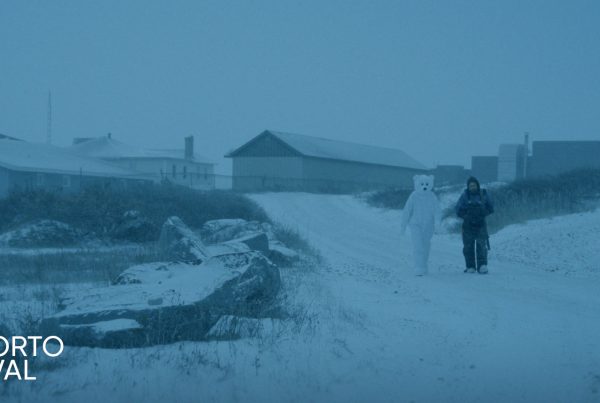
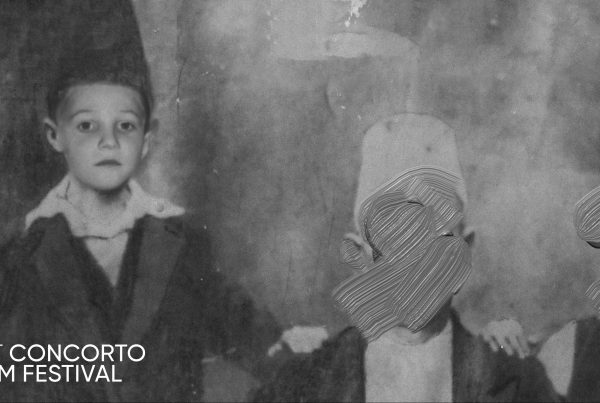


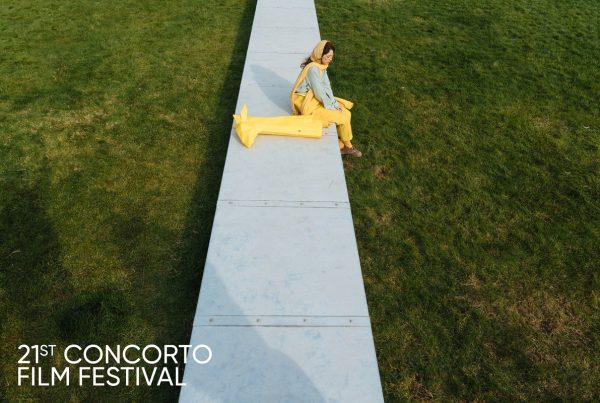
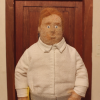
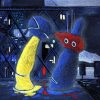




Commenti recenti